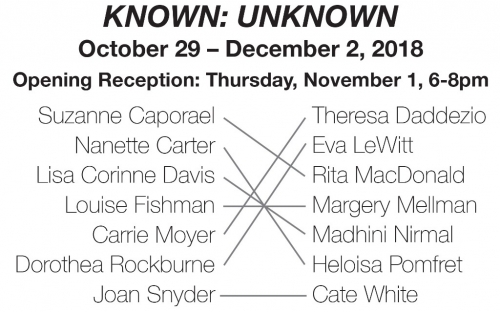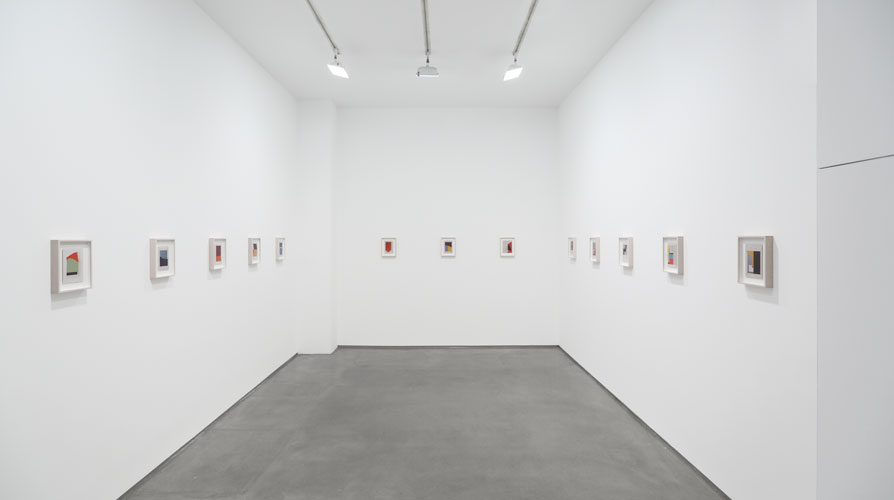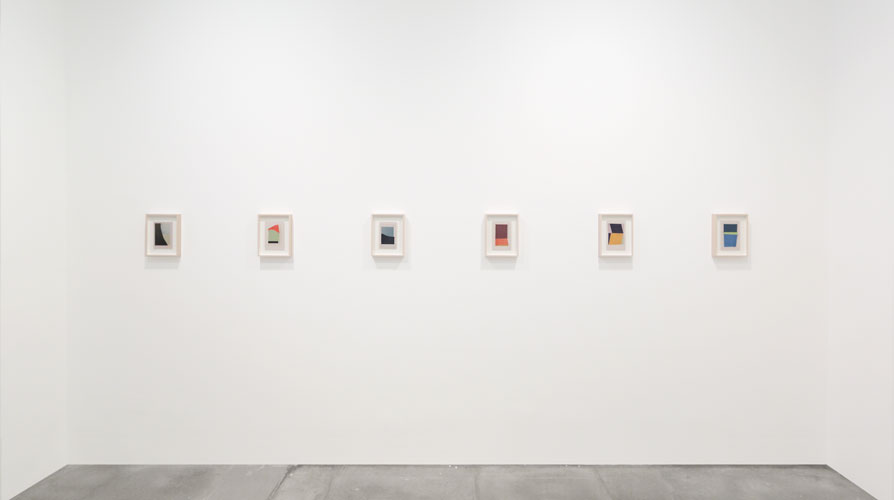29 October - 02 December, 2018
The New York Studio School presents Known: Unknown, an exhibition that brings together power players of painting today and emerging creators of tomorrow. We invited a select group of prominent artists to participate in this exhibition, with an added twist—each invited artist chose one emerging or lesser known artist to also be included in the show.
Whether teacher and student, friends and colleagues, mentor and mentee, each artist pair has an aesthetic connection. The abridged circular forms connected by a white path in Suzanne Caporael’s painting are echoed in her chosen artist Rita MacDonald’s optical white polka dot wall drawing. Nanette Carter’s work, comprised of shaped layers of painted mylar, and the work of her invited artist Heloisa Pomfret, a fan shaped canvas with coral-like depth, both demonstrate edges full of surprise and color with natural warmth. Lisa Corinne Davis’s complex melted grid and Madhini Nirmal’s chaotic scene present picture planes dense with details and stacked, collapsing structures. Louise Fishman’s canvas is dominated by thick paint applied in big moves touching every edge, and Margery Mellman’s piece has a similar all over attention, although a thinner veil of paint saturates the surface, with hints of imagery pulled out by delicate marks.
The rainfall rhythm of Carrie Moyer’s painting plays nicely with the pulsating intestinal maze of Theresa Daddezio’s, both built of natural forms and patterns made to feel completely unnatural. Dorothea Rockburne’s Light in Geometry II and Eva LeWitt’s installation feature geometric, repeating forms that radiate color and light. Joan Snyder’s painting SHE, a tumble of thick pink and purple marks cumulating in a massive figure, pairs with a Cate White painting full of layers of imagery, with echoes of Snyder’s pink, reds, and pale grays.
The works in this exhibition, curated by Graham Nickson and Rachel Rickert, have a sensation of discovery. Forms overlap, peeking out between both opaque and transparent boundaries, stay hidden, or reveal themselves through washes and layers. In each work, and across the exhibition, shapes and movements repeat, but never as duplicates—each artist’s hand is felt in the marks.
PARTICIPATING ARTISTS:
Suzanne Caporael
Nanette Carter
Lisa Corinne Davis
Louise Fishman
Carrie Moyer
Dorothea Rockburne
Joan Snyder Rita MacDonald
Heloisa Pomfret
Madhini Nirmal
Margery Mellman
Theresa Daddezio
Eva LeWitt
Cate White





